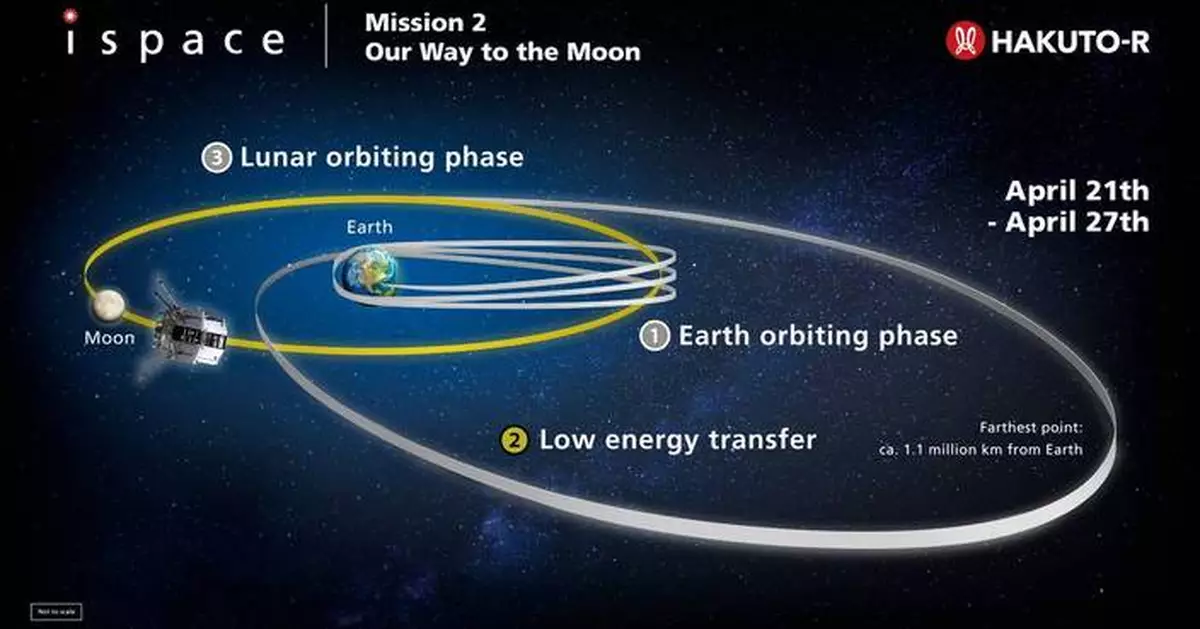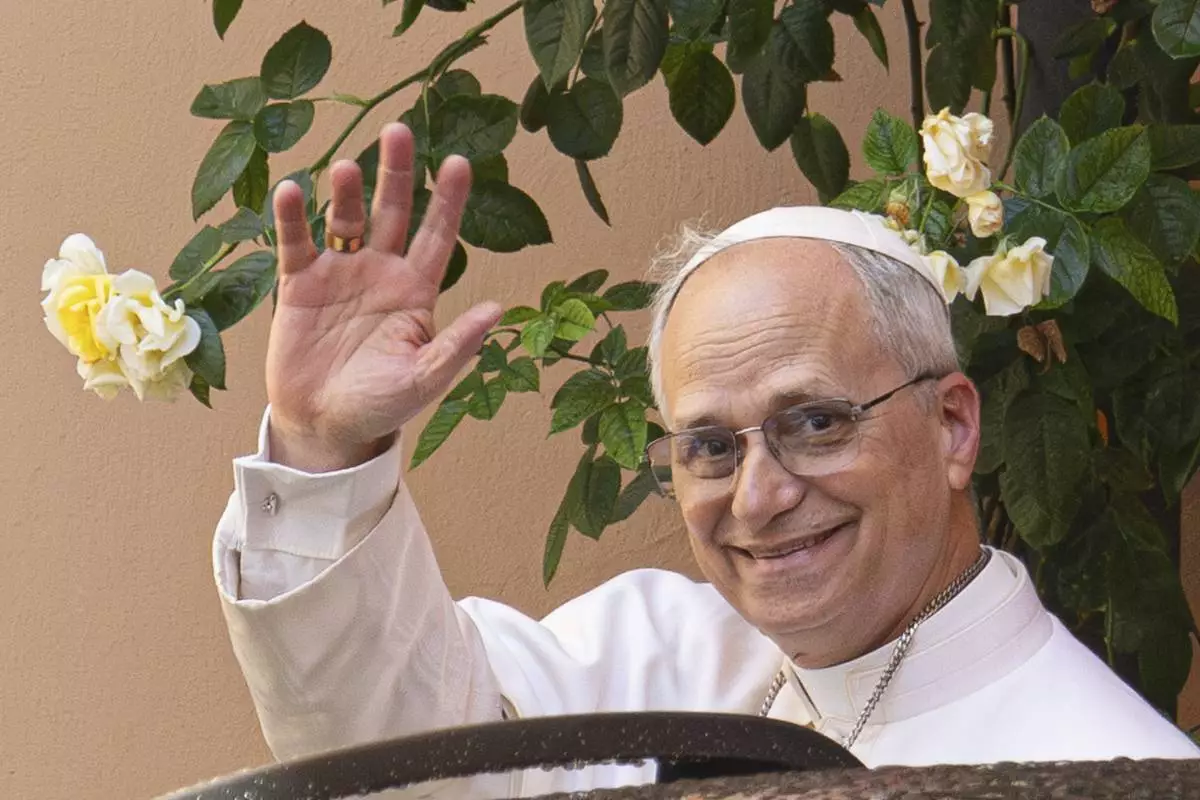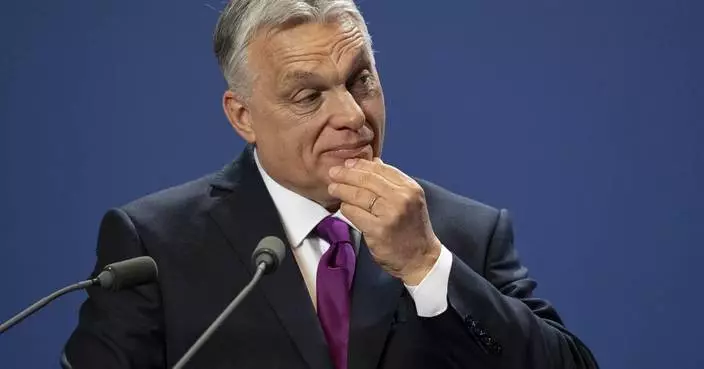TOKYO--(BUSINESS WIRE)--Apr 24, 2025--
ispace, inc. (ispace) ( TOKYO: 9348 ), a global lunar exploration company, announced today that its RESILIENCE lunar lander successfully completed all deep space orbital maneuvers on April 24, 2025, at 10:00 UTC (7:00 pm JST) in advance of a planned lunar orbit insertion. This marks the completion of Success 6 milestone of Mission 2 “SMBC x HAKUTO-R Venture Moon.”
This press release features multimedia. View the full release here: https://www.businesswire.com/news/home/20250424500106/en/
ispace engineers performed the final orbit maneuver from the Mission Control Center in Nihonbashi, Tokyo, Japan in accordance with the mission operation plan. In total, the RESILIENCE lunar lander has completed 8 orbit control maneuvers. RESILIENCE is now maintaining a stable attitude in its planned orbit and mission operations specialists are now preparing for the Mission 2 milestone Success 7, “Entering Lunar Orbit.” The RESILIENCE lander is expected to enter lunar orbit on May 7, 2025.
“After successfully completing a lunar flyby and spending approximately two months smoothly navigating through space along with low-energy transfer orbit as we planned, the RESILIENCE lander has now completed all scheduled orbital control maneuvers,” said Takeshi Hakamada, Founder & CEO of ispace. “We are fully prepared to begin its final approach to the Moon. Over the next month and a half leading up to the landing, we will remain focused and dedicated to meeting the expectations of all those supporting us.”
Previously, RESILIENCE completed an orbital maneuver at 19:40:18 UTC, Jan. 16, 2025, at 250,000 kilometers from Earth, setting the lander on a course towards the Moon in order to complete the flyby and verifying operation of the main propulsion system, as well as the related guidance, control, and navigation system. The orbital maneuver required a main thruster burn lasting 16 seconds. Following this, the lander continued its deep space journey, spending approximately two months in a low-energy transfer orbit before reaching a distance of approximately 1.1 million kilometers from Earth, the farthest point from Earth.
RESILIENCE was launched on a SpaceX Falcon 9 rocket at 6:11:39 UTC, Jan. 15, 2025, and was successfully deployed from the rocket at 7:44:24 UTC. The RESILIENCE lander has completed the Earth orbit (① phase below) as well as the lunar flyby, known as Success 5. It now completing its low energy transfer orbit (② phase below) with completion of all deep space maneuvers. RESILIENCE will enter its next phase once it completes the lunar orbit insertion.
Mission 2 Milestones
ispace has released a transparent set of criteria known as Mission 2 Milestones between launch and landing and aims to achieve the success criteria established for each of these milestones. The results from this mission as part of the HAKUTO-R lunar exploration program, will be weighed and evaluated against the criteria and lessons learned will be incorporated into future missions already in development.
Mission 2 Payloads
On board the RESILIENCE lunar lander will be commercial customer payloads including:
The RESILIENCE lander will serve as a cultural artifact, carrying a UNESCO memory disk that preserves linguistic and cultural diversity.
ispace is leveraging its global presence through its three business units in Japan, the U.S., and Luxembourg, for the simultaneous development of upcoming missions. Mission 2, featuring the RESILIENCE lunar lander, is led by ispace Japan and was launched on Jan. 15, 2025. In this mission, TENACIOUS micro rover, developed by ispace Europe SA, is to be deployed on the lunar surface to conduct a technological demonstration of regolith extraction as well as mobility on the lunar surface. Mission 3, debuting the APEX 1.0 lunar lander, is led by ispace-U.S. and is expected to launch in 2026. The company’s fourth mission, which will utilize the Series 3 lander, currently being designed in Japan, is scheduled to be launched by 2027.
About ispace, inc. ( https://ispace-inc.com )
ispace, a global lunar resource development company with the vision, “Expand our planet. Expand our future.”, specializes in designing and building lunar landers and rovers. ispace aims to extend the sphere of human life into space and create a sustainable world by providing high-frequency, low-cost transportation services to the Moon. The company has business entities in Japan, Luxembourg, and the United States with more than 300 employees worldwide. For more information, visit: www.ispace-inc.com and follow us on X: @ispace_inc.


ispace Completes Success 6 of Mission 2 Milestones










